One of the most common and effective ways to anchor a kitchen sink to a countertop is by using sink clips. These small metal clips are attached to the underside of the sink and then secured to the countertop using screws. Sink clips are versatile and can be used with different types of sinks, such as drop-in or undermount. If you're installing a new sink, it's important to make sure it comes with sink clips. However, if you're replacing an old sink, you may need to purchase sink clips separately. Make sure to choose the right size and type of sink clip for your sink and countertop material. Sink clips offer a secure and stable way to anchor your kitchen sink to the countertop.1. Use Sink Clips
Epoxy is a strong adhesive that can be used to anchor a kitchen sink to a countertop. It's especially useful for undermount sinks, where the sink is mounted underneath the countertop and the rim is not visible. To use epoxy, apply it to the edge of the sink and press it firmly against the underside of the countertop. Hold it in place for a few minutes until the epoxy sets and dries completely. This method provides a strong bond that can hold the weight of the sink and resist water and moisture. Epoxy is a reliable option for anchoring undermount sinks to countertops.2. Use Epoxy
Another adhesive option for anchoring a kitchen sink to a countertop is silicone caulk. This flexible and waterproof sealant can be used for both drop-in and undermount sinks. To use silicone caulk, apply a bead of caulk around the edge of the sink and then press it down onto the countertop. Wipe away any excess caulk and let it dry completely. This method provides a strong bond and also helps to create a watertight seal between the sink and countertop. Silicone caulk is a versatile and durable option for anchoring kitchen sinks to countertops.3. Use Silicone Caulk
Mounting brackets are another popular way to anchor a kitchen sink to a countertop. These brackets are usually made of metal and are attached to the underside of the countertop using screws. To use mounting brackets, place them on the countertop where the sink will be positioned and then screw them into place. The sink can then be placed on top of the brackets and secured using screws or clips. This method provides a secure and stable anchor for the sink. Mounting brackets are a reliable and sturdy option for anchoring kitchen sinks to countertops.4. Use Mounting Brackets
If you have an undermount sink, using undermount sink brackets is the best way to anchor it to the countertop. These brackets are specifically designed for undermount sinks and provide a strong and secure attachment. To use undermount sink brackets, attach them to the underside of the countertop using screws. Then, position the sink on top of the brackets and secure it using screws or adhesive. These brackets are hidden from view and help to create a seamless look for your sink and countertop. Undermount sink brackets are essential for anchoring undermount sinks to countertops.5. Use Undermount Sink Brackets
For a quick and easy way to anchor a kitchen sink to a countertop, you can use adhesive strips. These strips are typically made of strong and durable materials, such as foam or rubber, and are designed to hold the sink in place. To use adhesive strips, apply them to the underside of the sink and then press the sink down onto the countertop. Make sure to use enough strips to provide a strong hold and distribute the weight of the sink evenly. This method is ideal for drop-in sinks and can be used with different types of countertop materials. Adhesive strips offer a simple and effective way to anchor kitchen sinks to countertops.6. Use Adhesive Strips
If you have a heavy sink or are working with a delicate countertop material, toggle bolts can be a great option for anchoring your kitchen sink. These bolts are designed to provide a strong hold and can support heavier sinks without damaging the countertop. To use toggle bolts, drill holes into the underside of the countertop and insert the bolts. Then, attach the sink to the bolts using washers and nuts. This method may take a little more effort, but it offers a secure and stable solution for anchoring your sink. Toggle bolts are a reliable option for anchoring heavy sinks to countertops.7. Use Toggle Bolts
For a more traditional approach to anchoring a kitchen sink to a countertop, you can use wood blocks. These blocks are placed between the sink and the countertop and provide a stable base for the sink to rest on. To use wood blocks, measure and cut them to fit the size of your sink and countertop. Then, place them on the underside of the countertop and position the sink on top. Secure the sink to the blocks using screws or adhesive. This method is ideal for farmhouse or apron front sinks. Wood blocks provide a simple and sturdy way to anchor kitchen sinks to countertops.8. Use Wood Blocks
Metal straps are another traditional method for anchoring a kitchen sink to a countertop. These straps are typically made of stainless steel and are attached to the underside of the countertop and the sink using screws. To use metal straps, position them between the sink and countertop and then screw them into place. Make sure the straps are evenly spaced to provide a strong and stable hold. This method is ideal for drop-in sinks with a rim that sits on top of the countertop. Metal straps offer a secure and durable option for anchoring kitchen sinks to countertops.9. Use Metal Straps
Finally, if you have a solid surface countertop, such as granite or marble, you can use screws to anchor your kitchen sink. These screws are specifically designed for countertops and provide a strong hold without damaging the material. To use countertop screws, drill holes into the underside of the countertop and then insert the screws. Then, place the sink on top of the screws and secure it using washers and nuts. This method ensures a strong and stable anchor for your sink. Countertop screws are a reliable and secure option for anchoring kitchen sinks to solid surface countertops.10. Use Countertop Screws
Different Ways to Anchor a Kitchen Sink to Countertop
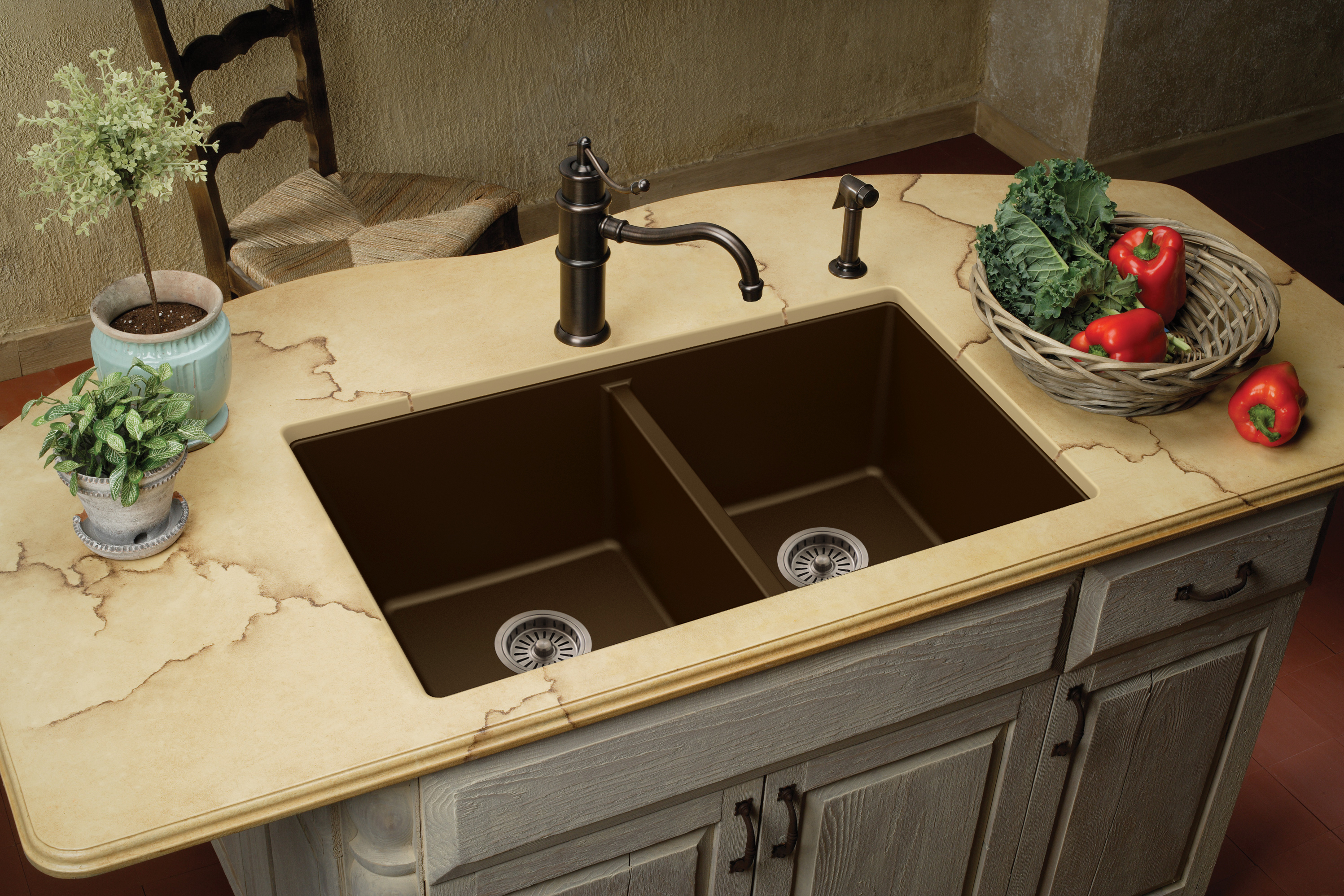
Introduction
 When designing a kitchen, one of the most important elements to consider is the sink. A kitchen sink not only serves a functional purpose but also adds to the overall aesthetic of the space. As a result, it is crucial to properly secure the sink to the countertop to ensure it is stable and safe to use. There are several methods for anchoring a kitchen sink to a countertop, each with its own benefits and considerations. In this article, we will explore some different ways to anchor a kitchen sink to a countertop and help you decide which method is best for your kitchen design.
When designing a kitchen, one of the most important elements to consider is the sink. A kitchen sink not only serves a functional purpose but also adds to the overall aesthetic of the space. As a result, it is crucial to properly secure the sink to the countertop to ensure it is stable and safe to use. There are several methods for anchoring a kitchen sink to a countertop, each with its own benefits and considerations. In this article, we will explore some different ways to anchor a kitchen sink to a countertop and help you decide which method is best for your kitchen design.
1. Adhesive Sealant
 One of the most common methods for anchoring a kitchen sink to a countertop is by using an adhesive sealant. This involves applying a strong adhesive to the underside of the sink and then pressing it onto the countertop. The sealant creates a strong bond between the sink and the countertop, ensuring it stays in place.
However, it is important to note that this method may not be suitable for heavier sinks or countertops made of certain materials, as the weight and pressure may cause the sealant to fail.
It is essential to check the weight and composition of both the sink and countertop before opting for this method.
One of the most common methods for anchoring a kitchen sink to a countertop is by using an adhesive sealant. This involves applying a strong adhesive to the underside of the sink and then pressing it onto the countertop. The sealant creates a strong bond between the sink and the countertop, ensuring it stays in place.
However, it is important to note that this method may not be suitable for heavier sinks or countertops made of certain materials, as the weight and pressure may cause the sealant to fail.
It is essential to check the weight and composition of both the sink and countertop before opting for this method.
2. Brackets and Screws
 Another way to anchor a kitchen sink to a countertop is by using brackets and screws. This method involves attaching metal brackets to the underside of the sink and then securing them to the countertop using screws. The brackets provide extra support and stability to the sink.
This method is ideal for heavier sinks or countertops made of materials that may not be compatible with adhesive sealant.
However, it is important to ensure the screws are properly tightened and the brackets are securely attached to avoid any potential loosening or damage.
Another way to anchor a kitchen sink to a countertop is by using brackets and screws. This method involves attaching metal brackets to the underside of the sink and then securing them to the countertop using screws. The brackets provide extra support and stability to the sink.
This method is ideal for heavier sinks or countertops made of materials that may not be compatible with adhesive sealant.
However, it is important to ensure the screws are properly tightened and the brackets are securely attached to avoid any potential loosening or damage.
3. Epoxy Resin
 Epoxy resin is a strong and durable adhesive that can also be used to anchor a kitchen sink to a countertop. Similar to adhesive sealant, it involves applying the resin to the underside of the sink and pressing it onto the countertop. The resin creates a strong bond between the two surfaces.
This method is suitable for most sink and countertop combinations, but it may require some skill and experience to ensure the sink is properly aligned and secured.
It is important to follow the manufacturer's instructions carefully and allow the resin to fully cure before using the sink.
Epoxy resin is a strong and durable adhesive that can also be used to anchor a kitchen sink to a countertop. Similar to adhesive sealant, it involves applying the resin to the underside of the sink and pressing it onto the countertop. The resin creates a strong bond between the two surfaces.
This method is suitable for most sink and countertop combinations, but it may require some skill and experience to ensure the sink is properly aligned and secured.
It is important to follow the manufacturer's instructions carefully and allow the resin to fully cure before using the sink.
In Conclusion
 Properly anchoring a kitchen sink to a countertop is crucial for both functionality and aesthetics. Whether you choose to use adhesive sealant, brackets and screws, or epoxy resin, it is important to consider the weight and composition of the sink and countertop, as well as the skill and experience required for each method. By following these different ways to anchor a kitchen sink to a countertop, you can ensure a secure and stable kitchen sink that will last for years to come.
Properly anchoring a kitchen sink to a countertop is crucial for both functionality and aesthetics. Whether you choose to use adhesive sealant, brackets and screws, or epoxy resin, it is important to consider the weight and composition of the sink and countertop, as well as the skill and experience required for each method. By following these different ways to anchor a kitchen sink to a countertop, you can ensure a secure and stable kitchen sink that will last for years to come.


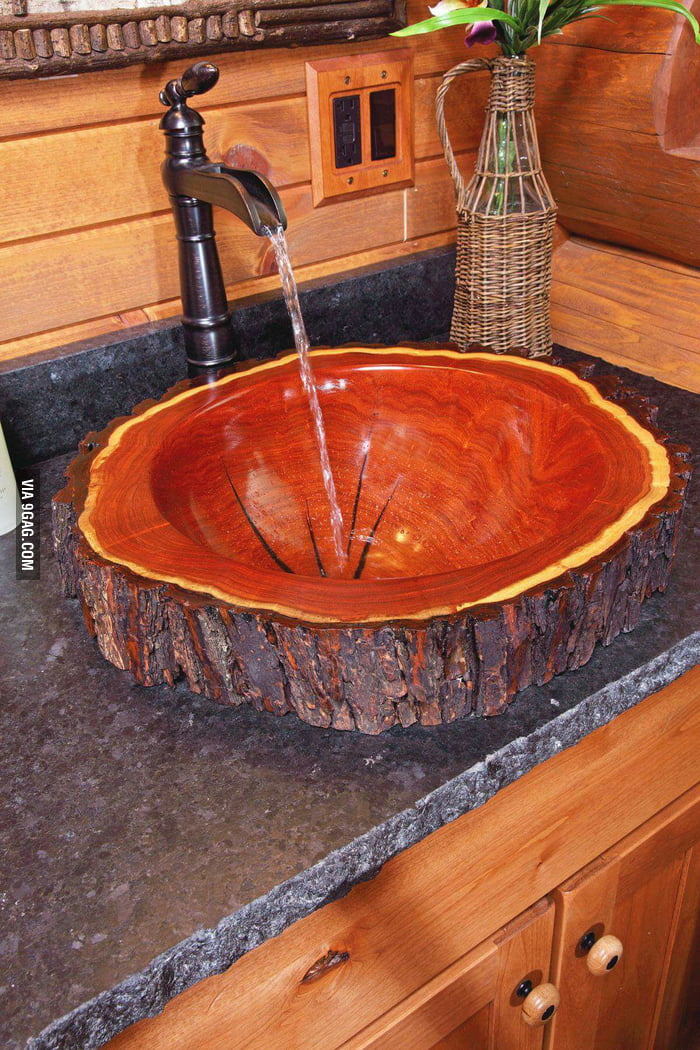






:max_bytes(150000):strip_icc()/replacing-existing-surface-mounted-sink-1824896-06-d8eb6b67fe4f451b90c415551f75ad0f.jpg)







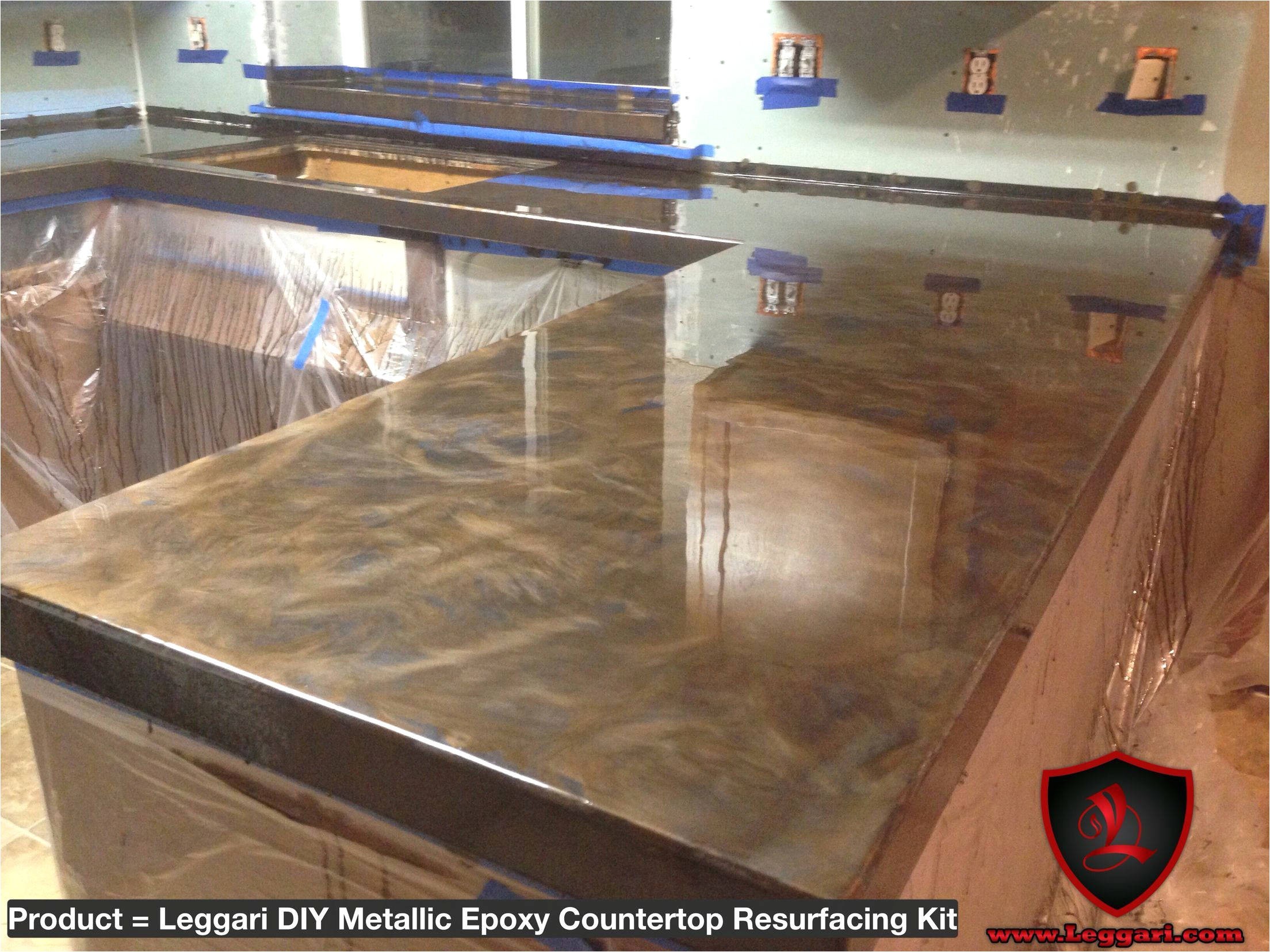

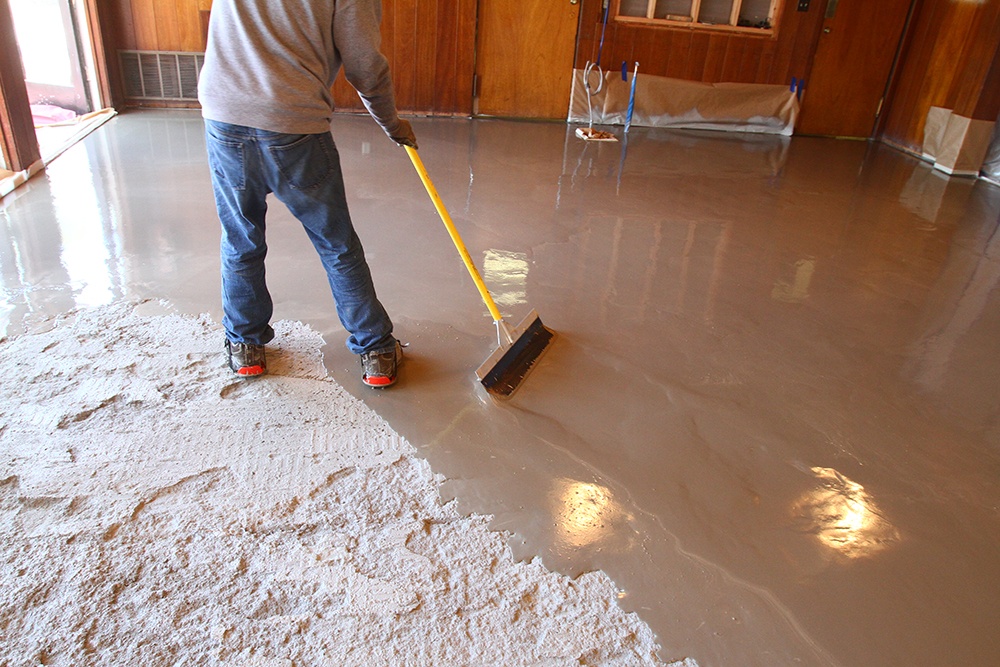

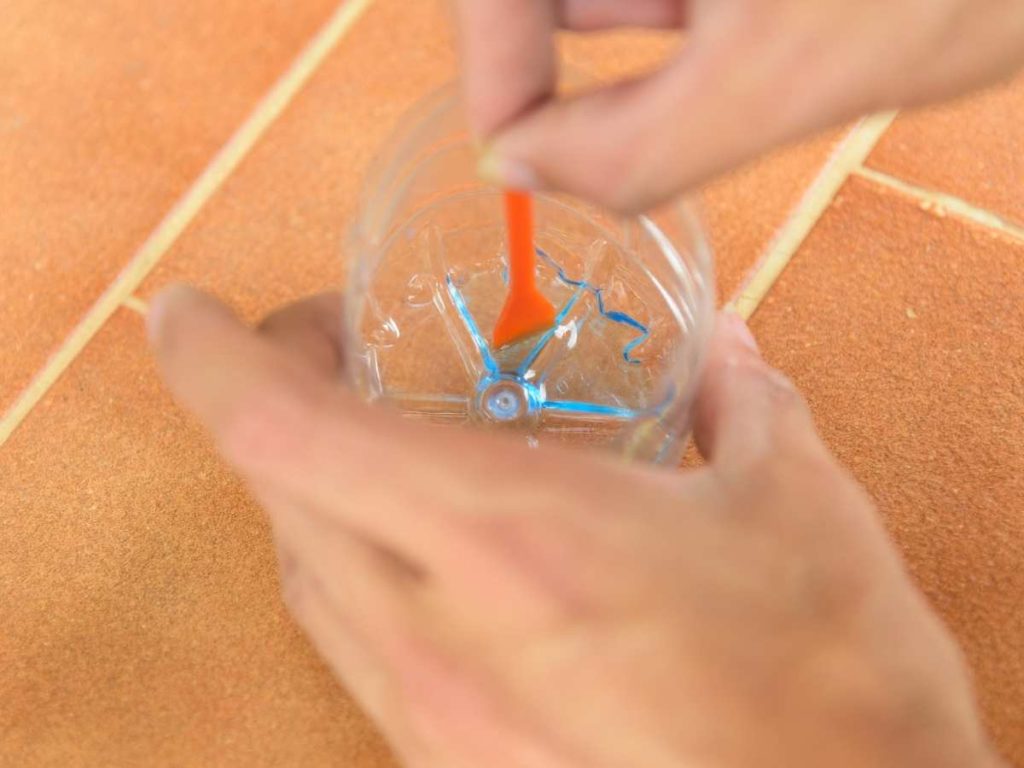

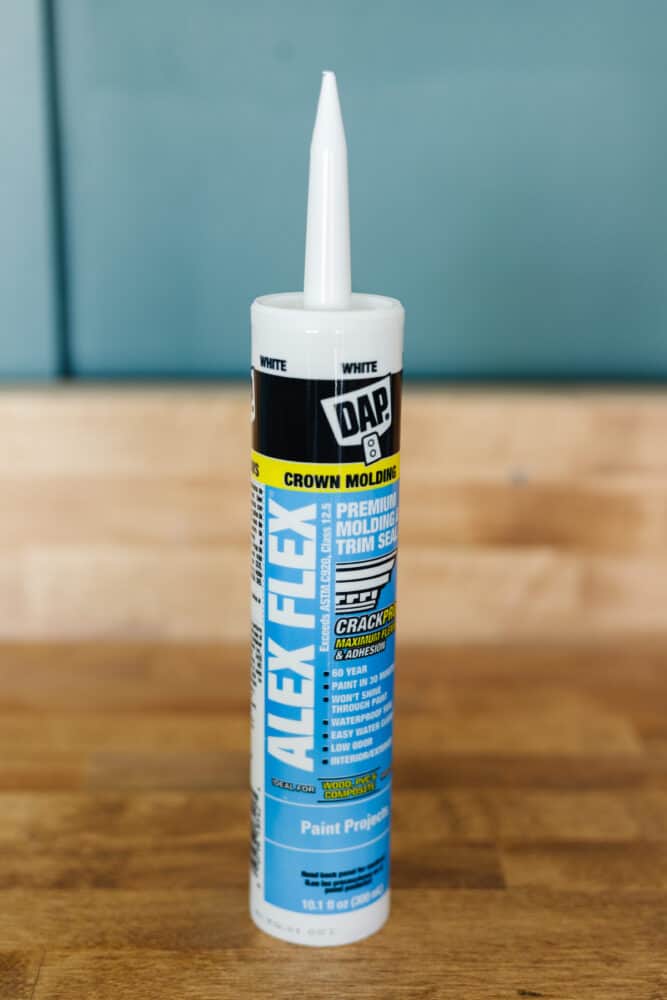


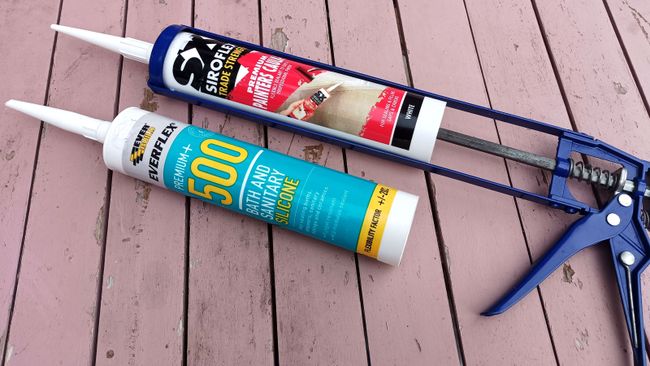


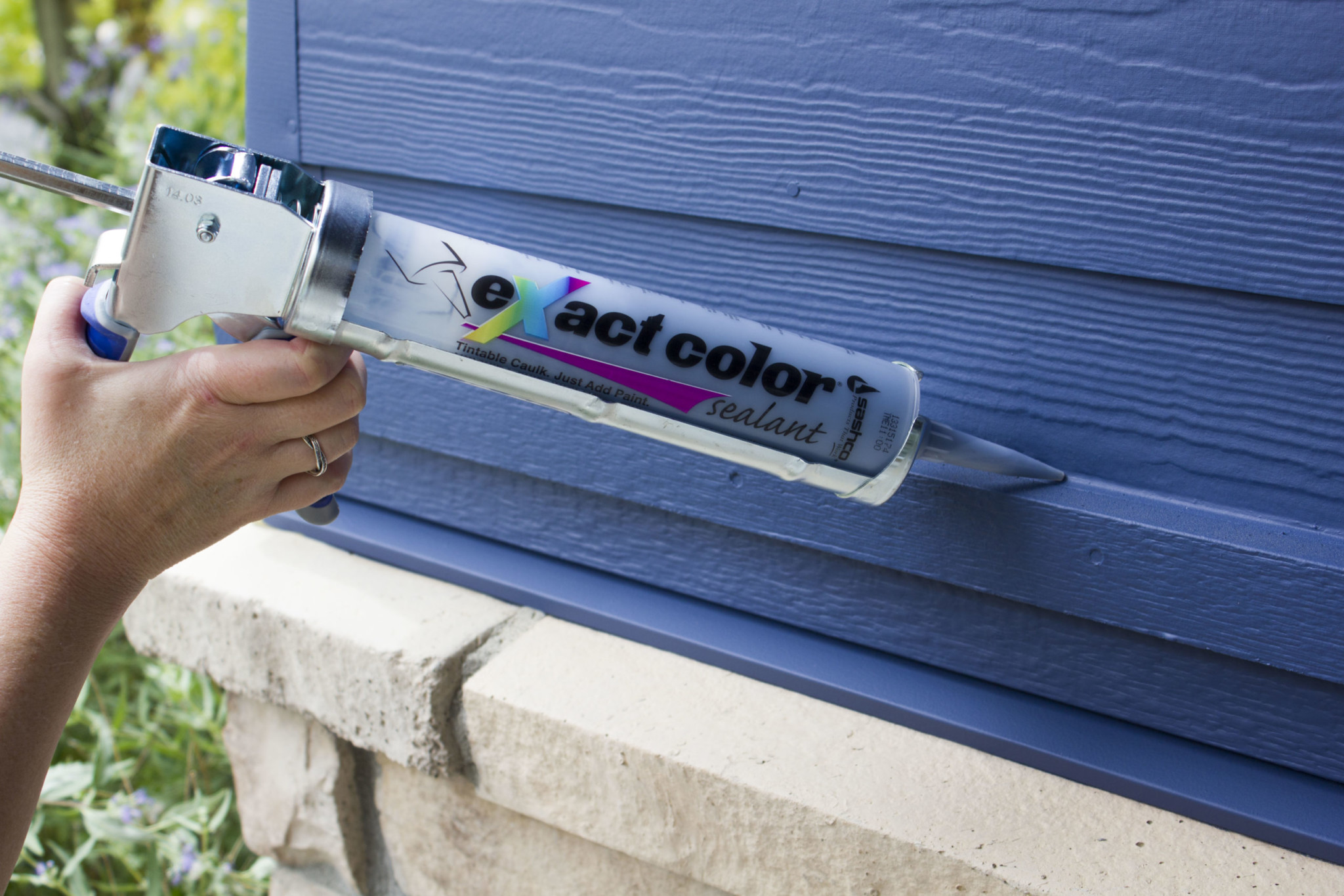
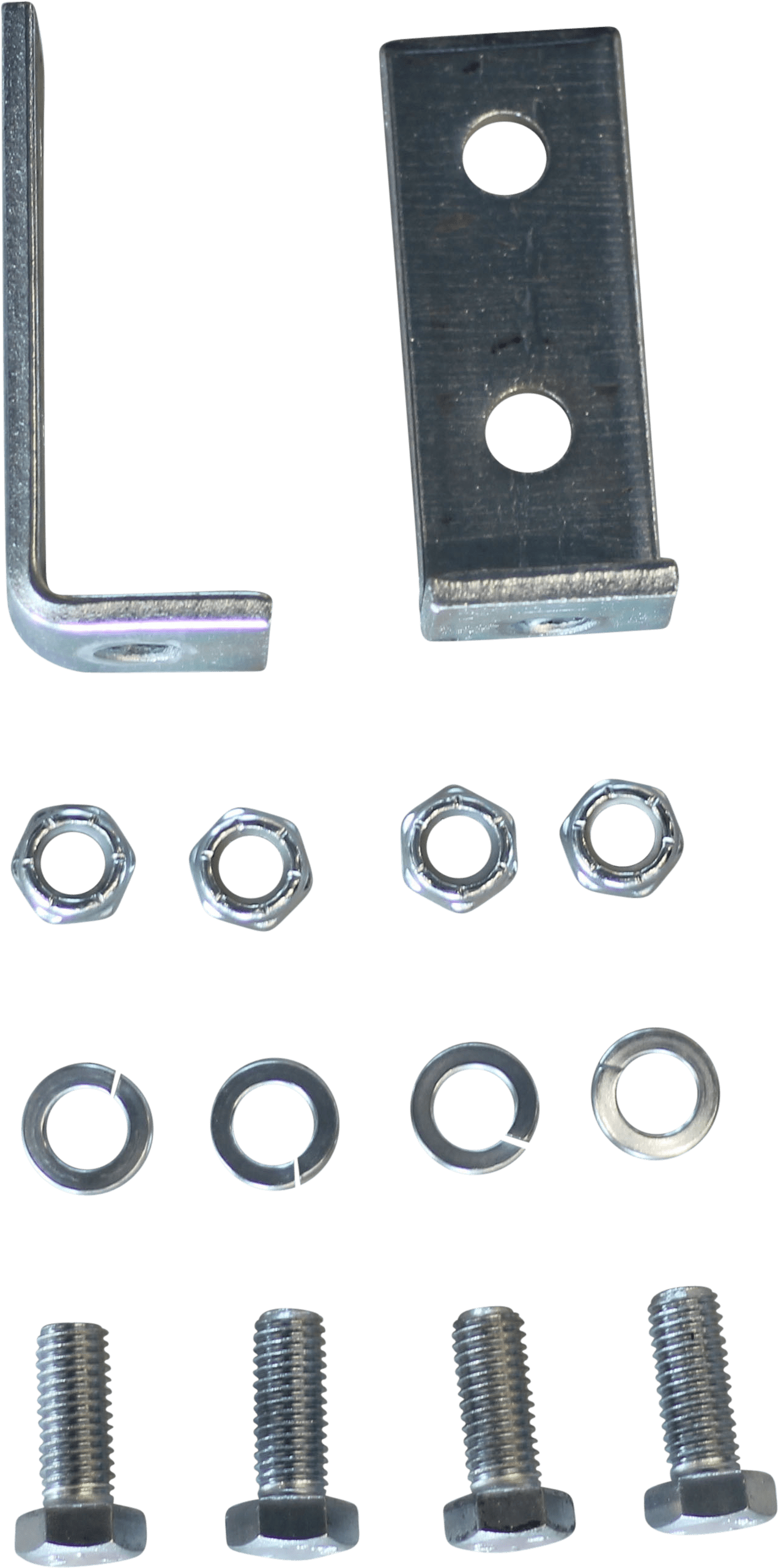





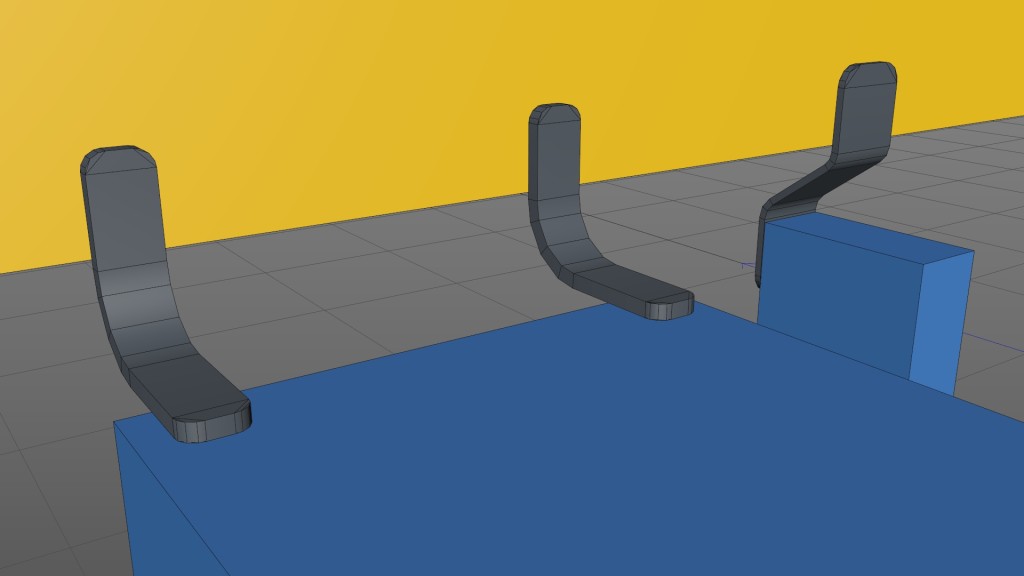


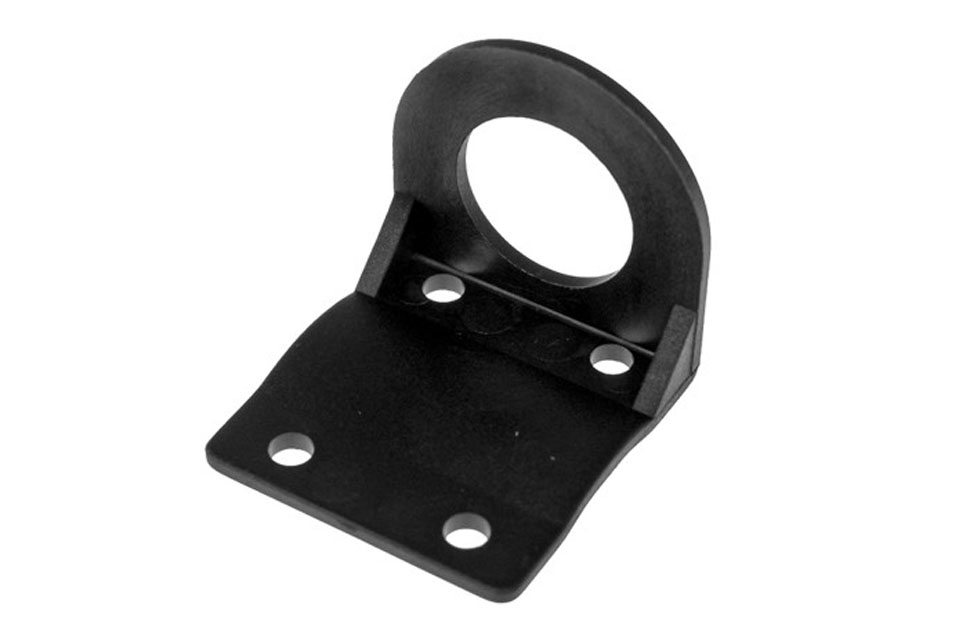
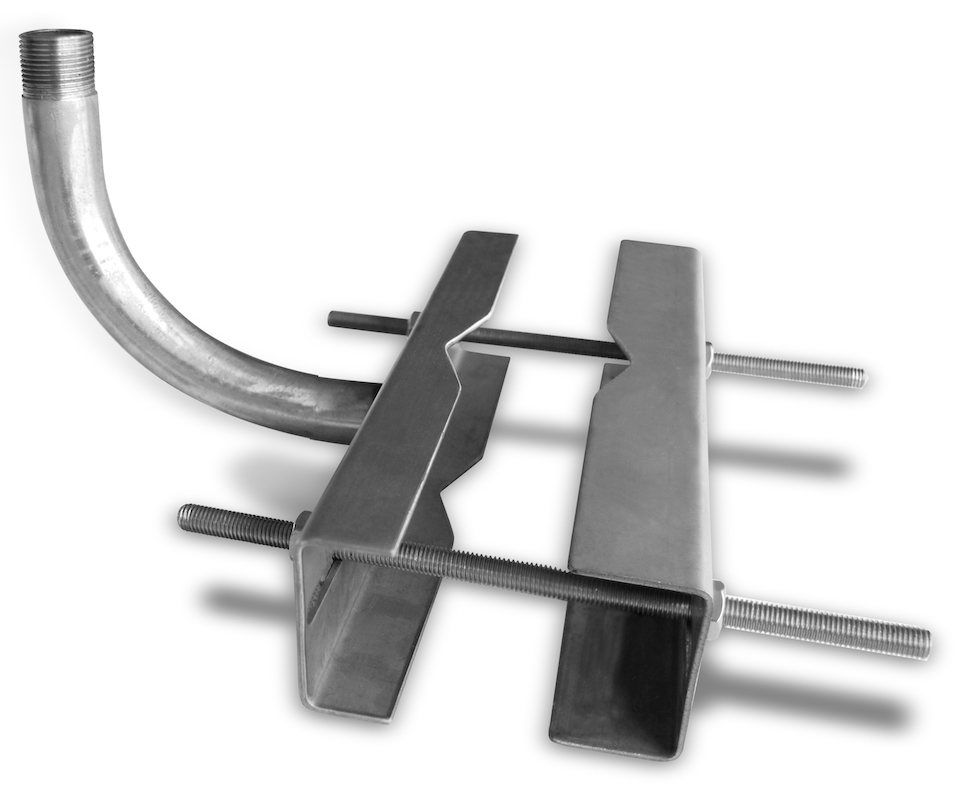
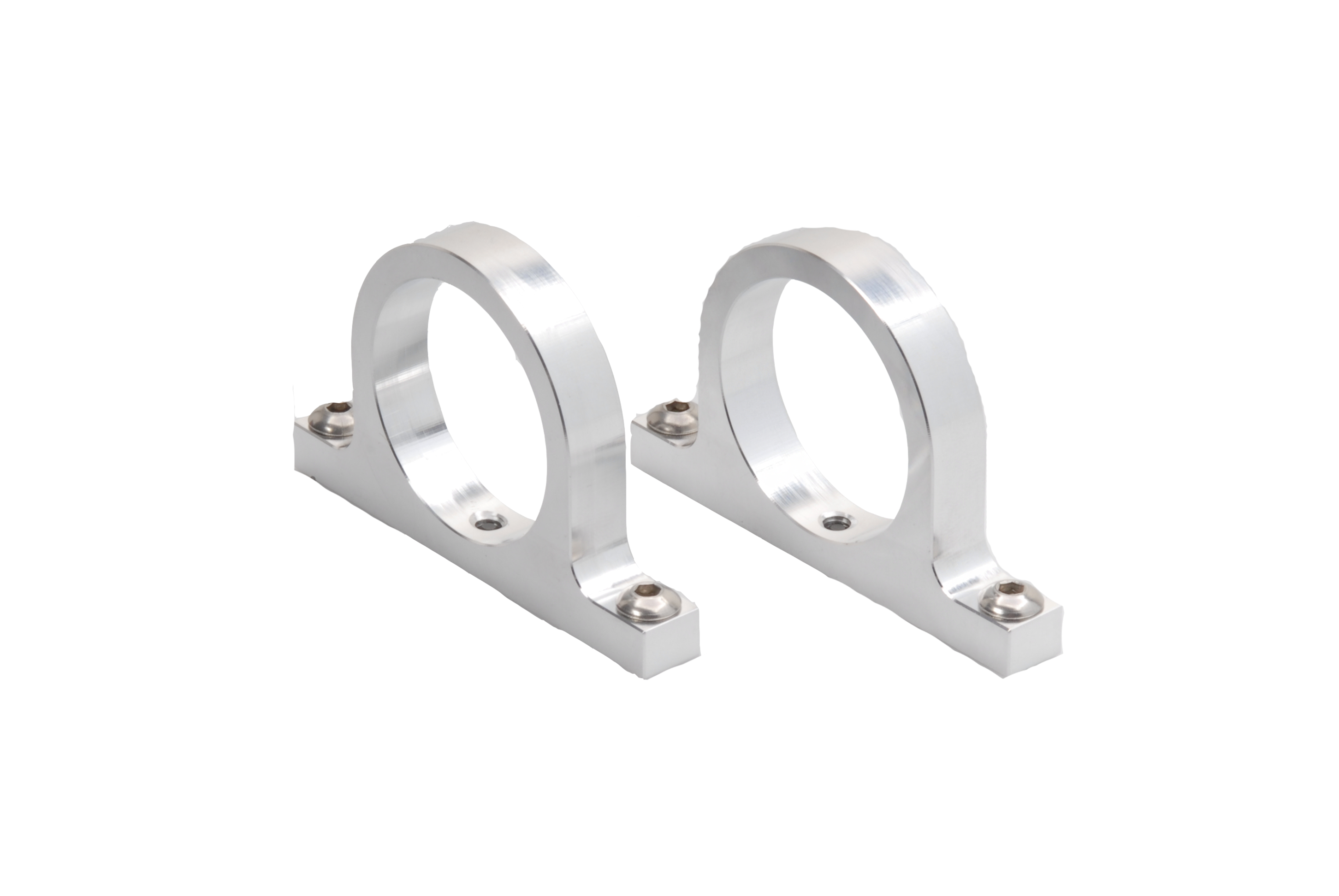

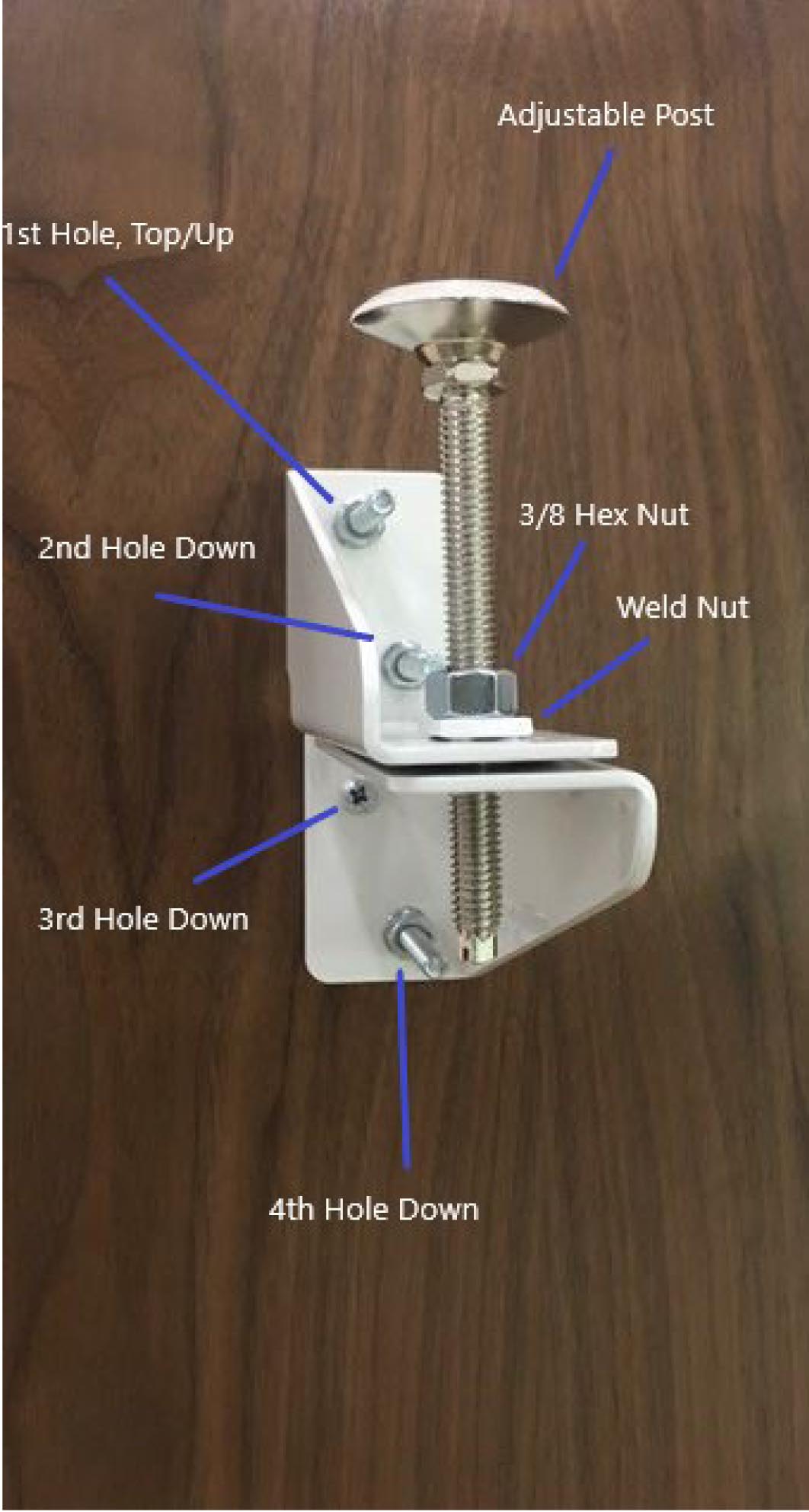

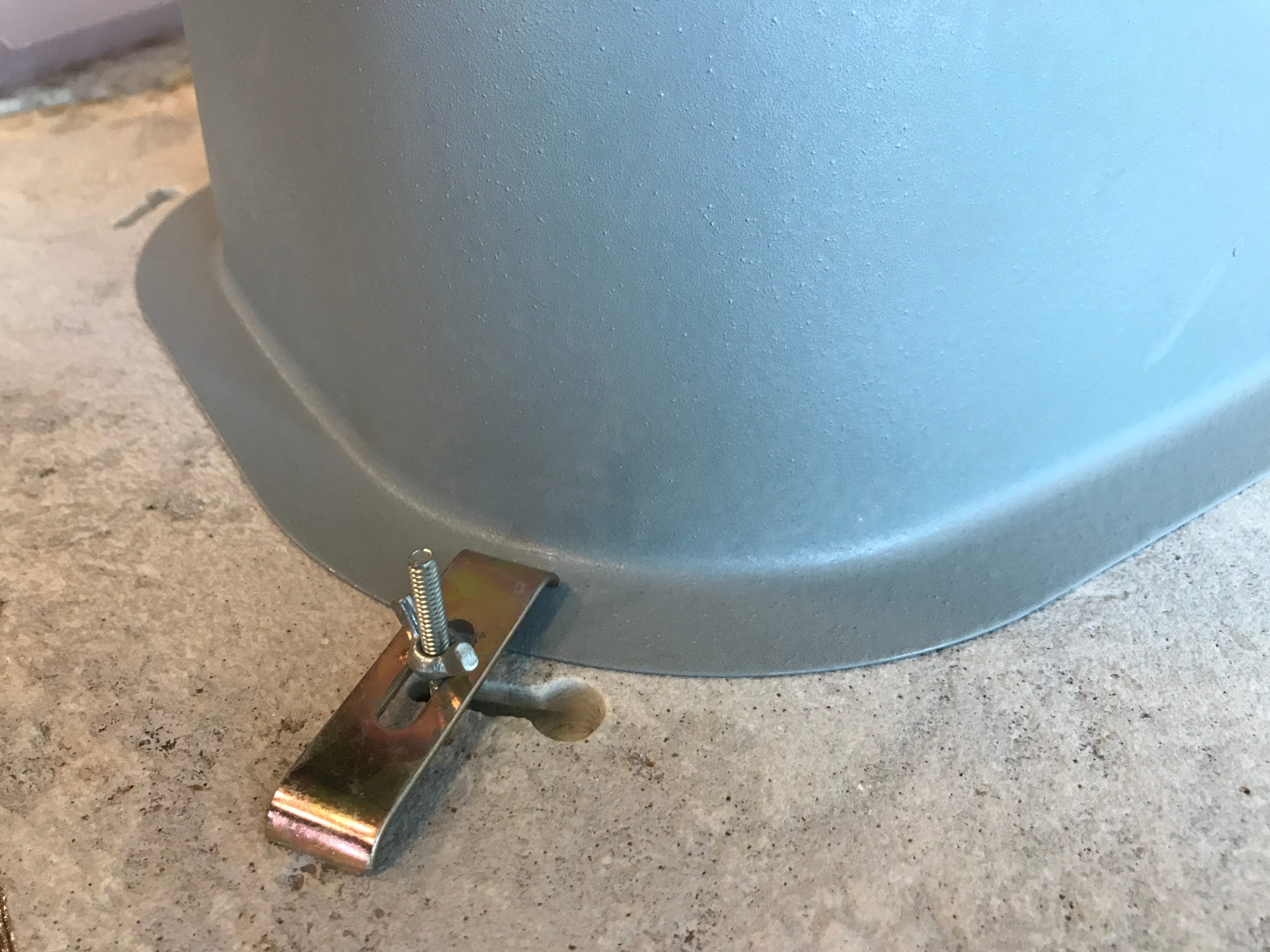
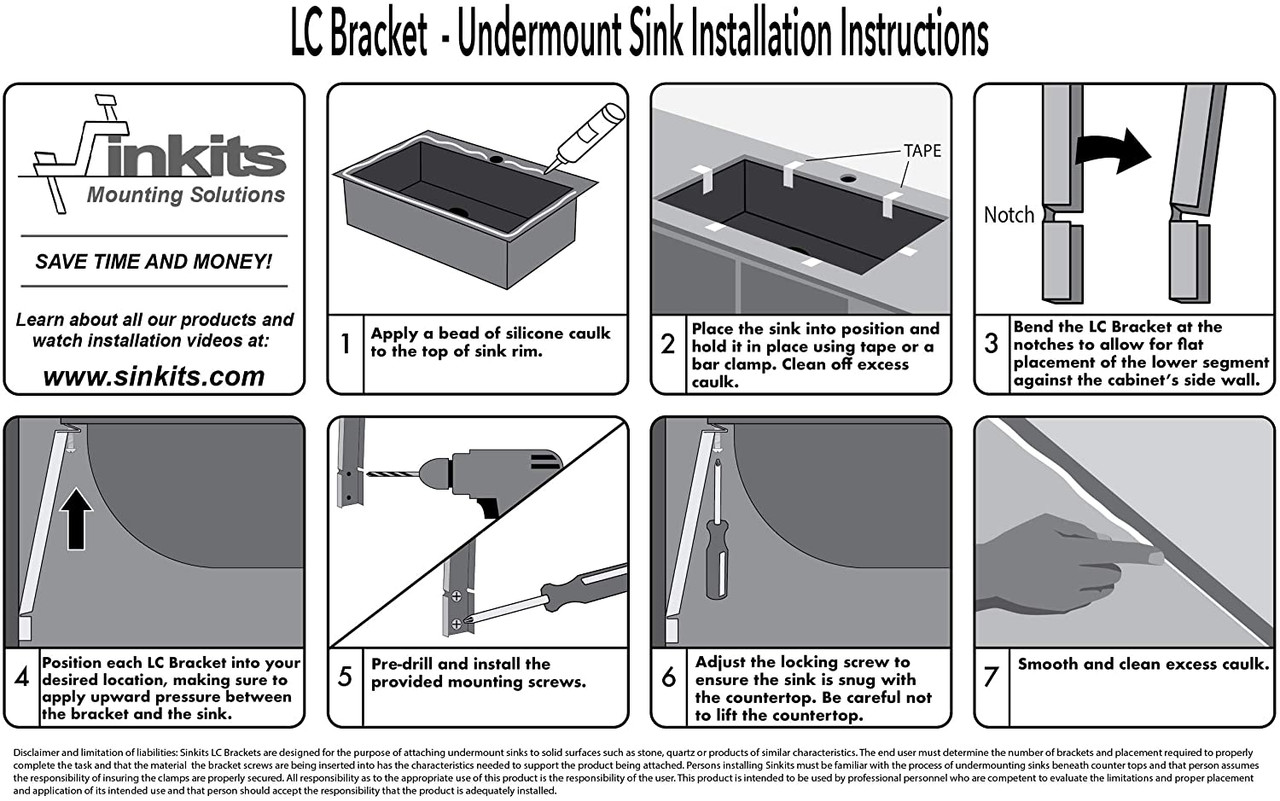







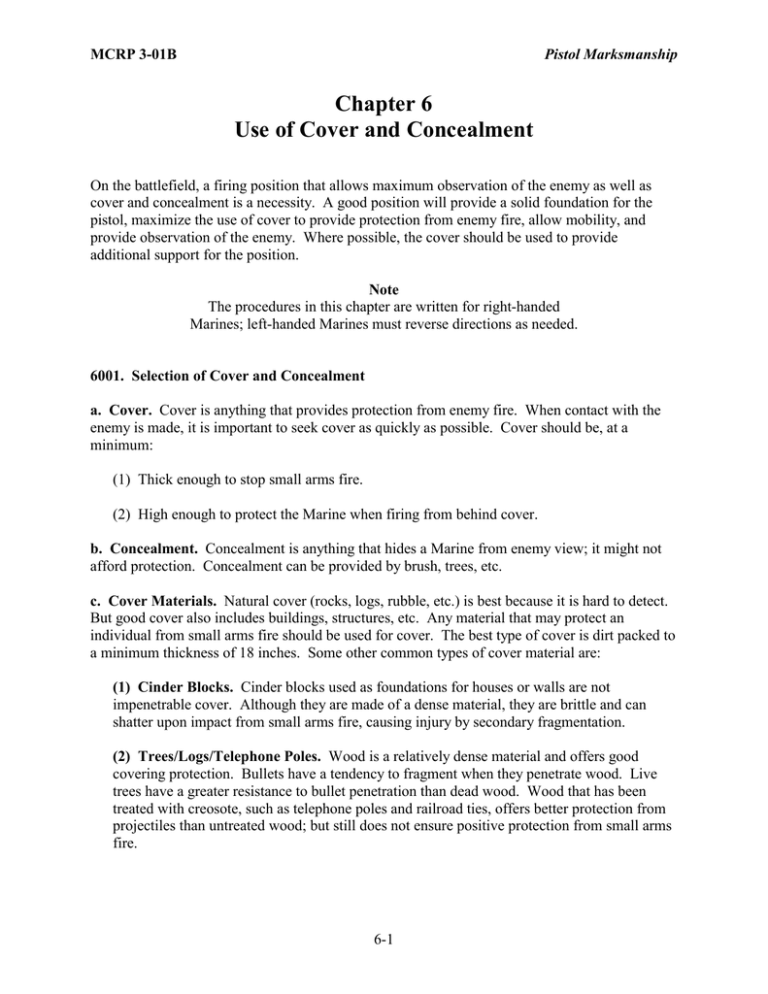
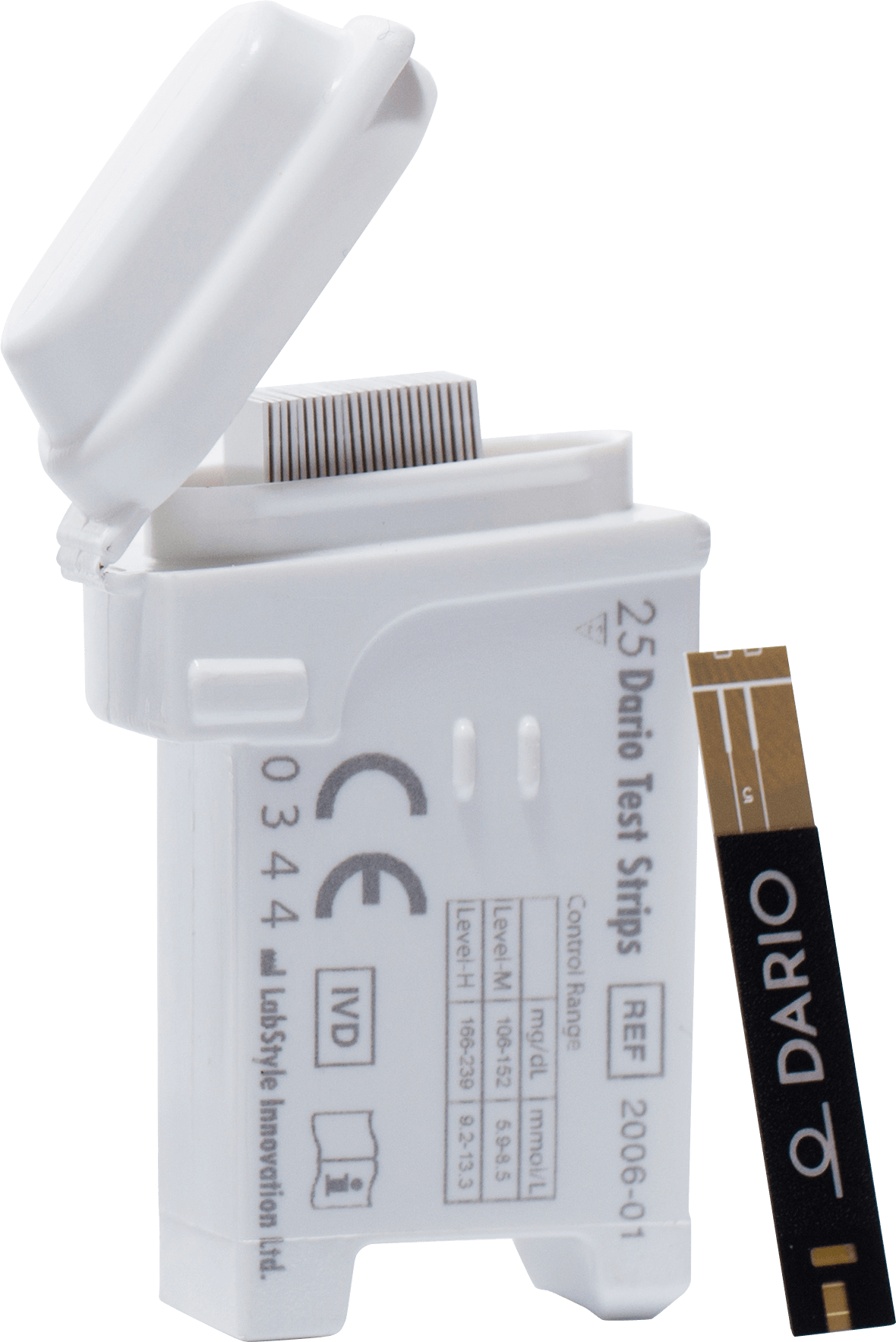


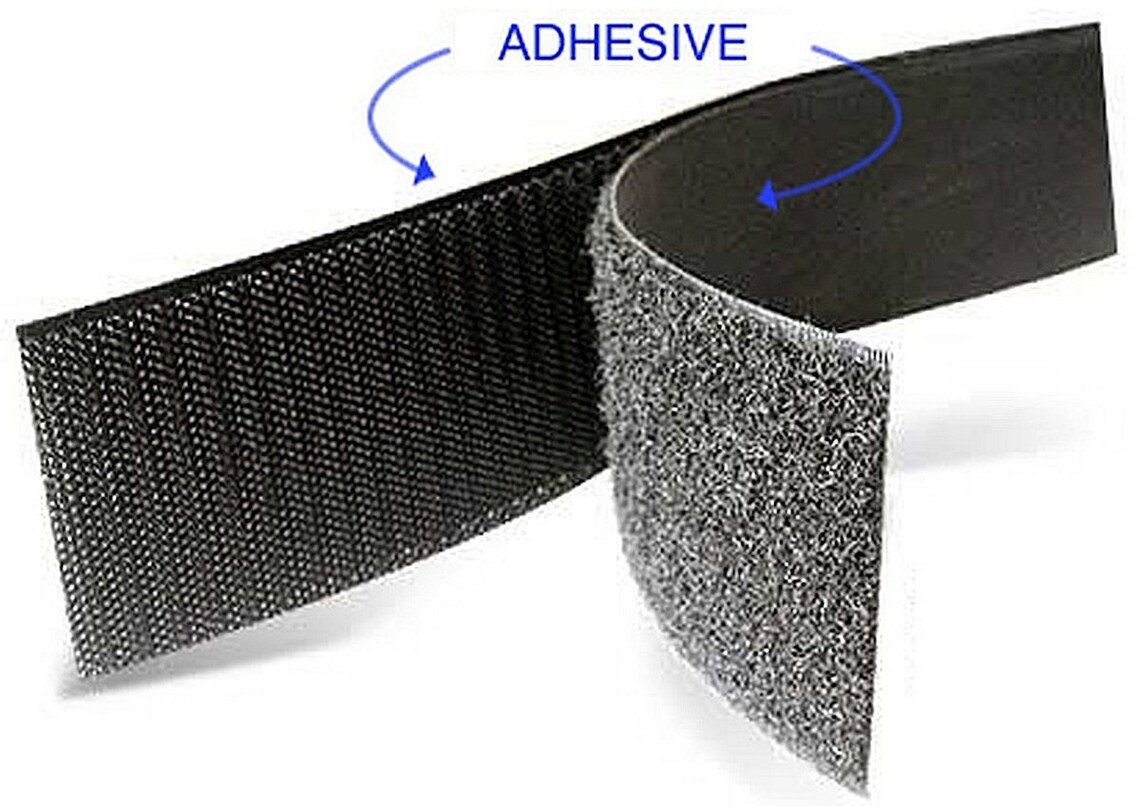




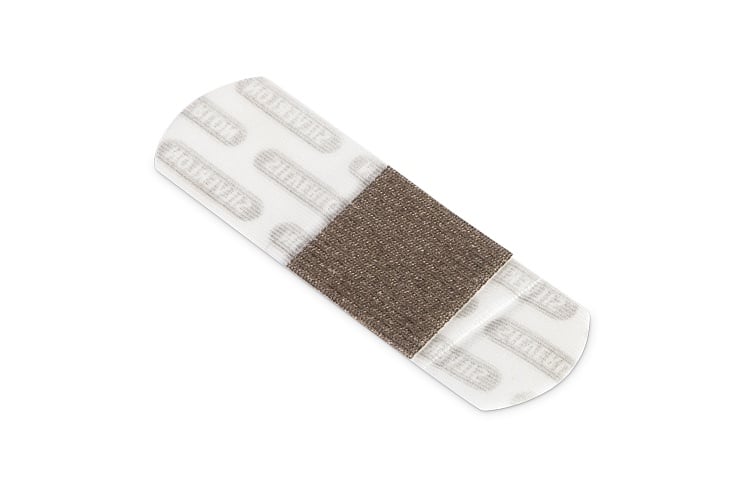





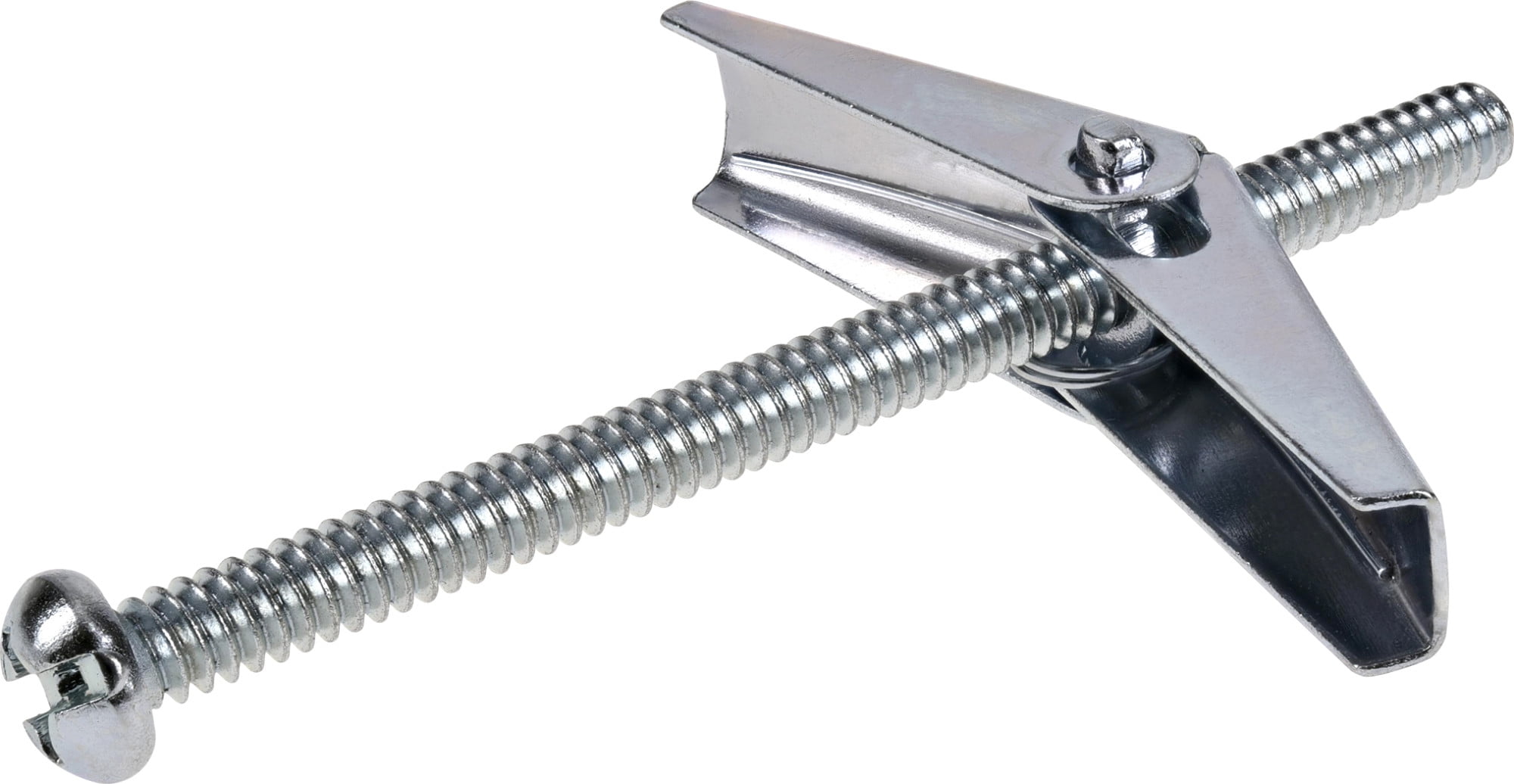


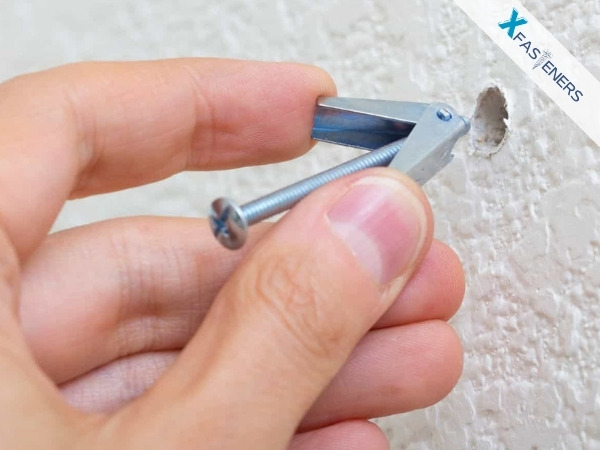



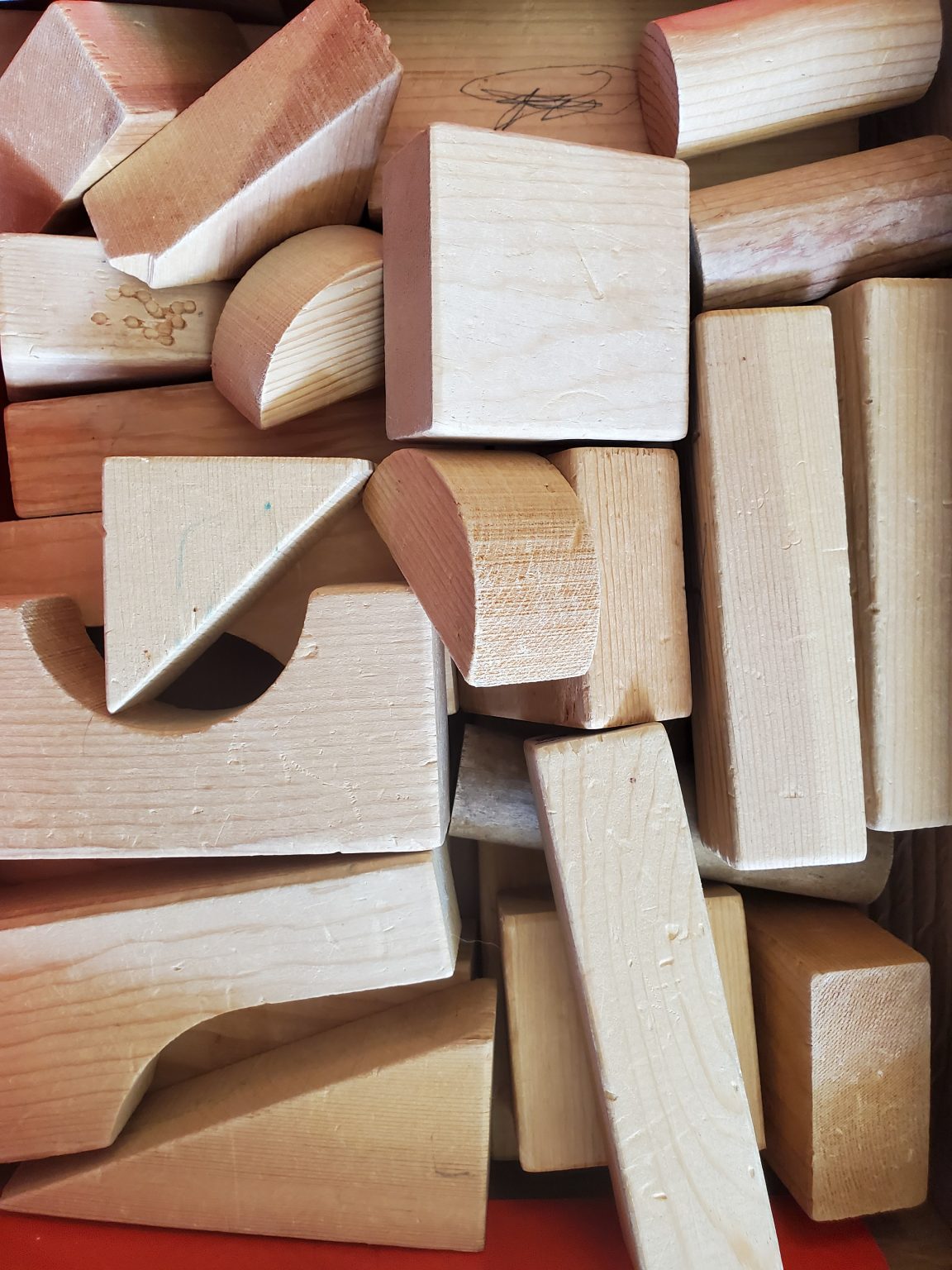





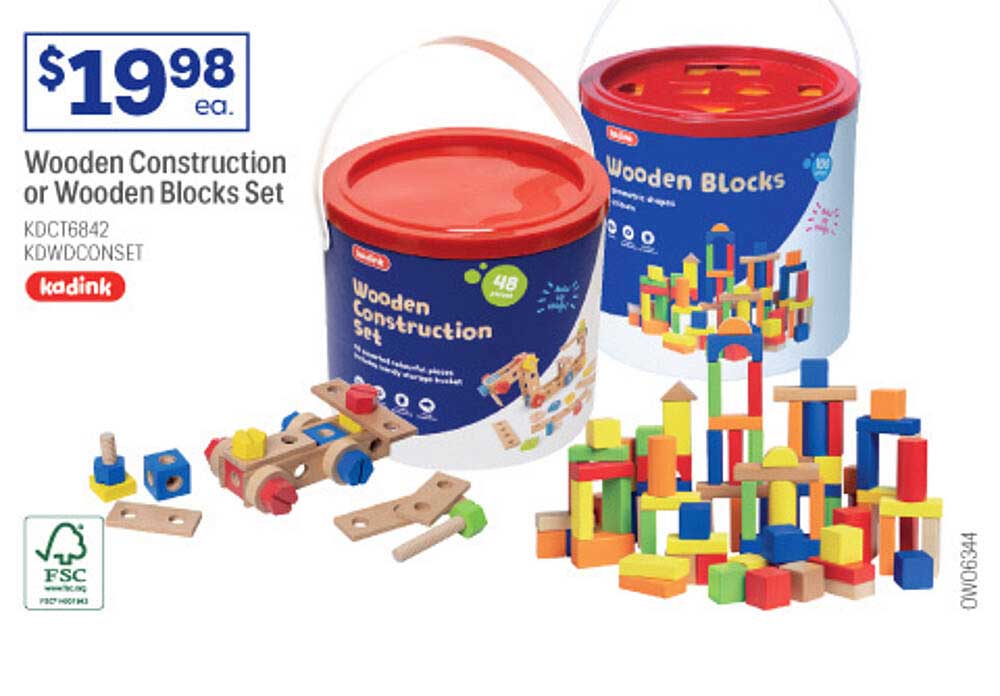











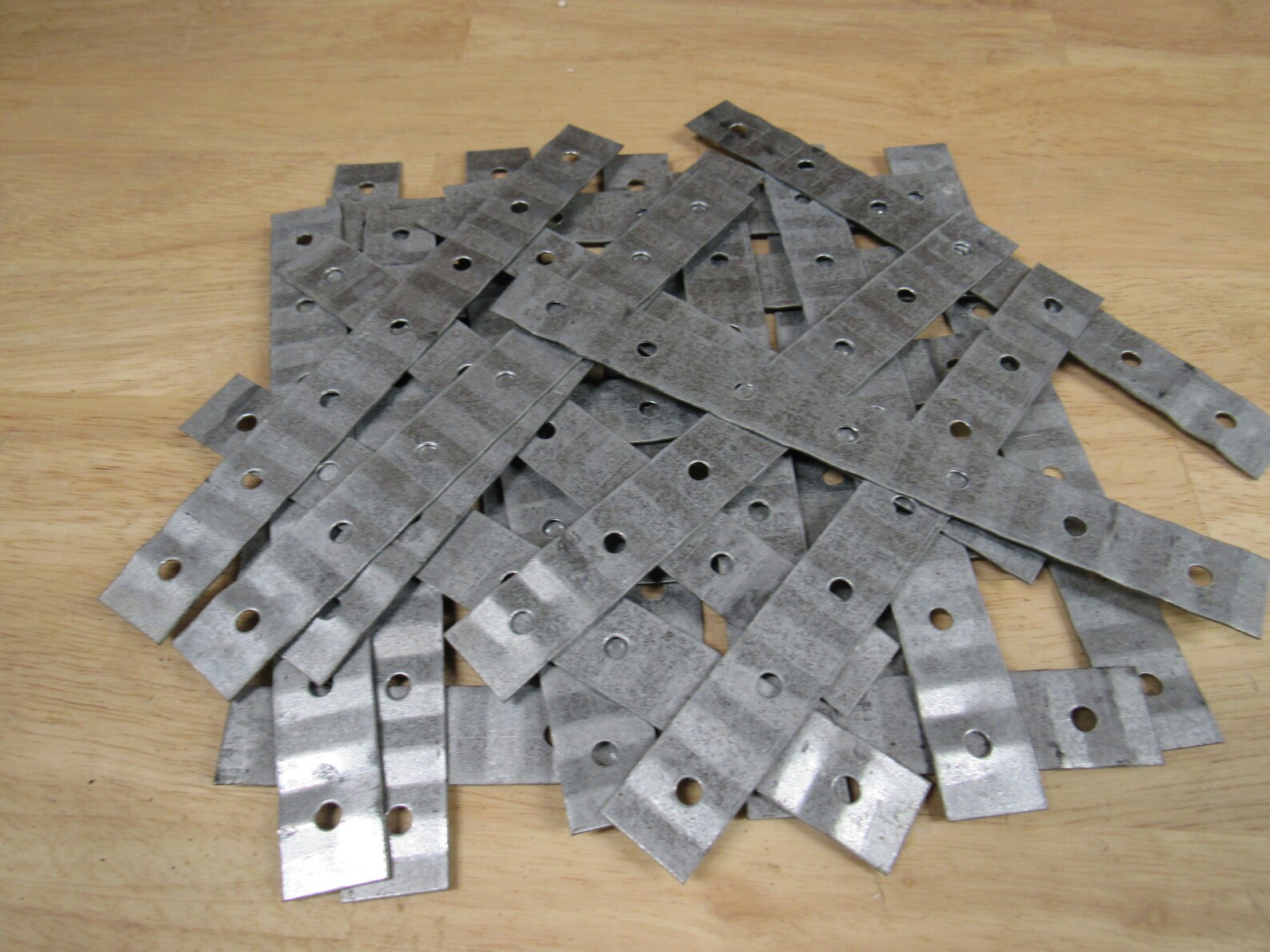
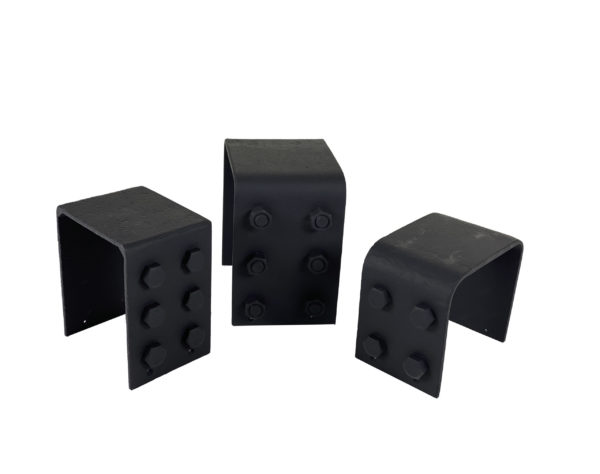






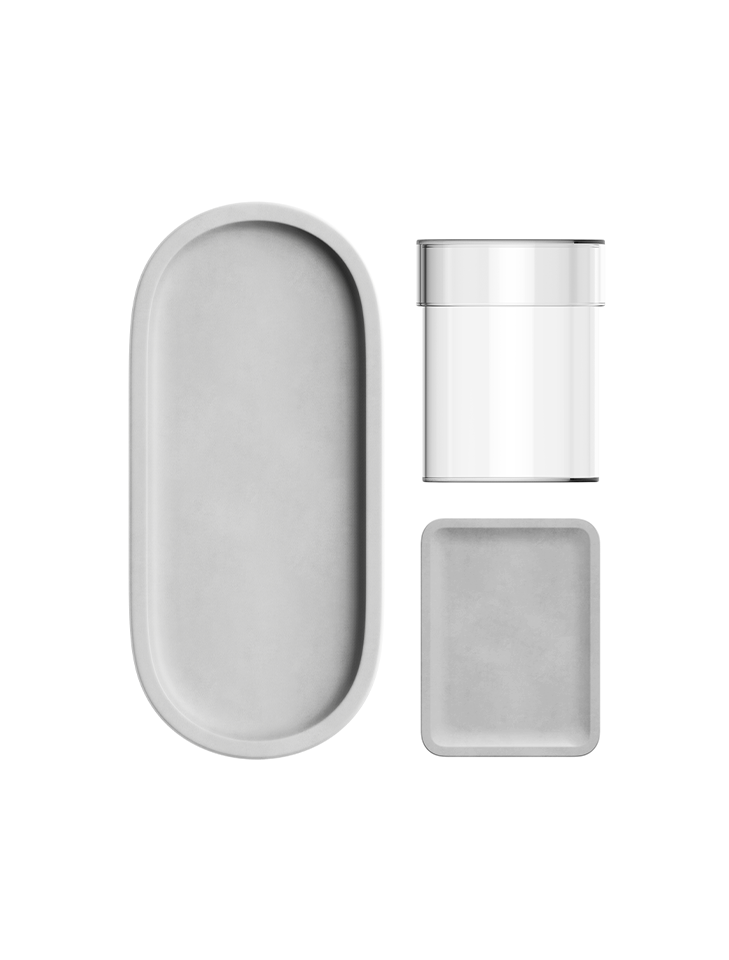
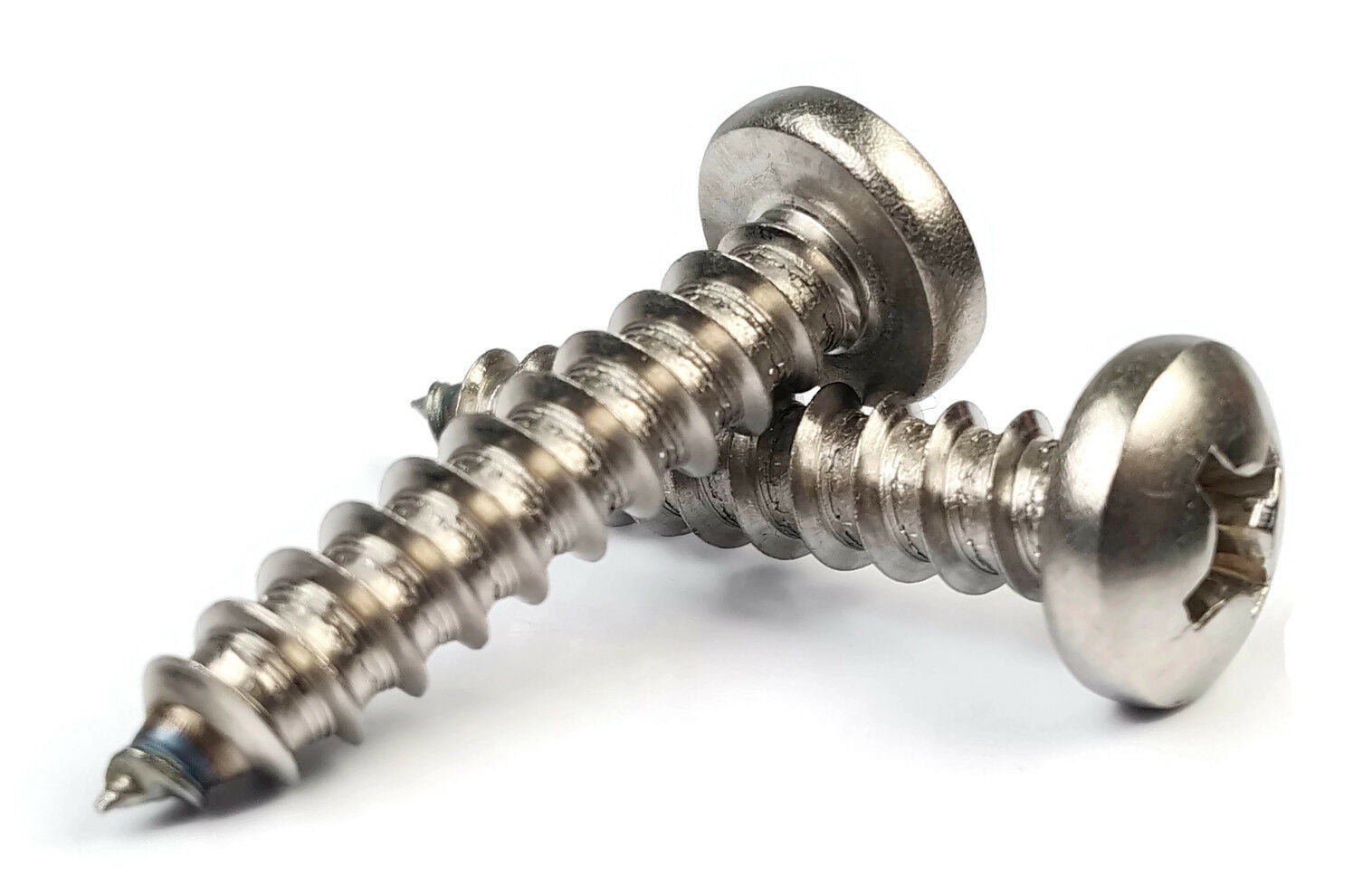




/screws-in-a-wooden-board-1013661258-7cd30e3e57184f74bf23bebe9ce6489f.jpg)







